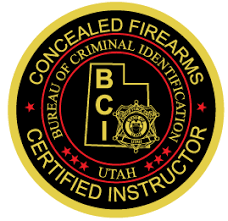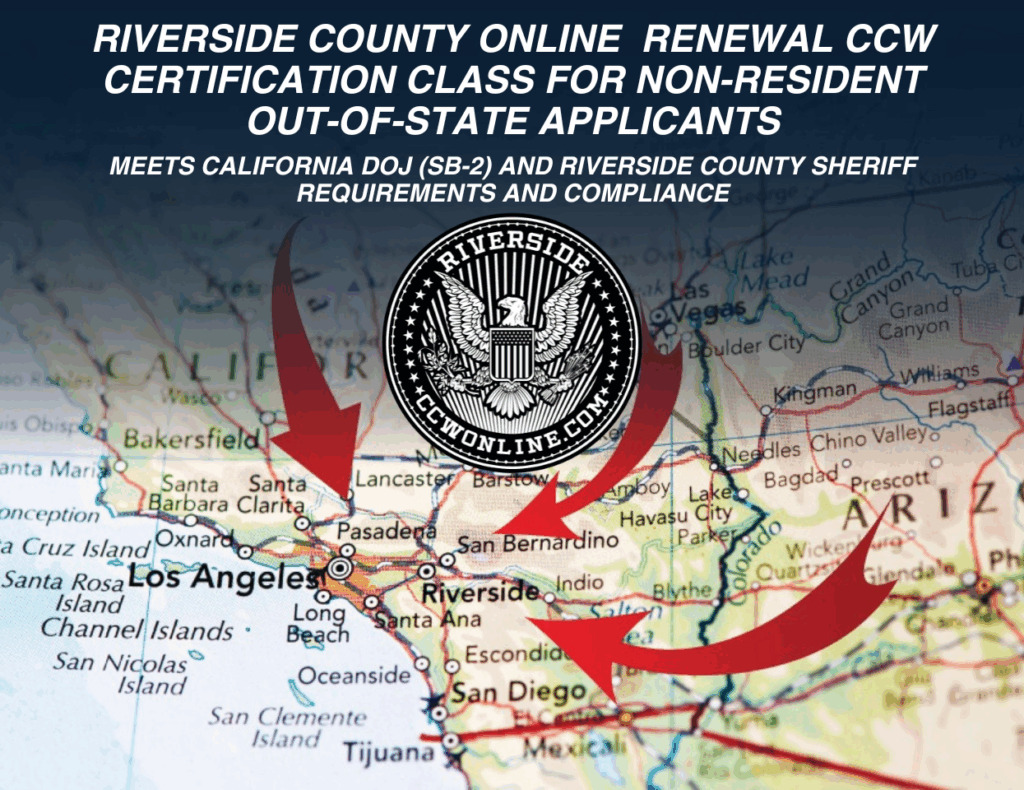Course fees are provided upon request and may vary depending on class location, instructor certification, and training requirements.

CALIFORNIA NON-RESIDENT CONCEALED CARRY CLASS
- Legally carry in all of California (Out-Of State Applicants)
- Convenient Online Course available 24/7



